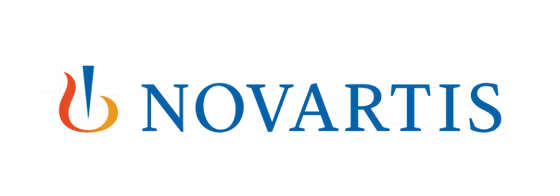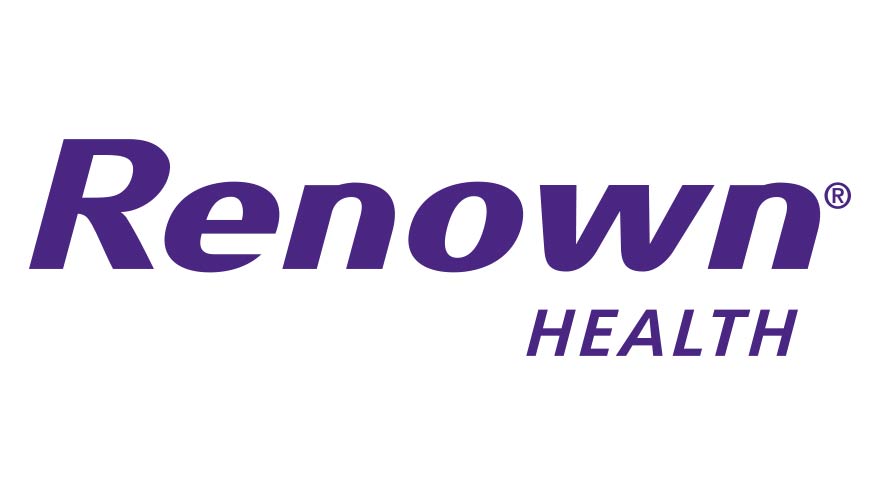
12 Jul 2022
The ultimate focus of the IT staffing process is to find qualified candidates to fill various job roles in the IT company. It is a systematic process of implementing the human resource plan that includes finding or attracting candidates, evaluating, selecting, recruiting, and evaluating.
In large IT companies, one of the most important HR functions is IT staffing. It entails the process of identifying, hiring, and managing qualified candidates for various job positions within the company. So, let's look at what the IT staffing process is and what the various steps of the staffing process are.
What is the hiring procedure?
The IT staffing process is defined as a systematic implementation of the human resources plan that includes candidate identification, evaluation, selection, recruitment, and appraisal. The primary goal of the IT staffing process is to find qualified candidates to fill various job roles in the IT company.
The life cycle of an employee
An employee lifecycle has six stages. Let us better understand it with the help of a flowchart:
The six stages of an employee lifecycle are depicted in the flowchart as follows:
- Attraction
- Hiring or recruitment
- Onboarding
- Training and development
- Retention
- Exit or separation
Employers take these steps to understand where their employees are in their careers and what steps can be taken to improve or enhance employee performance and engagement in order to ensure growth and retention.
Staffing procedure steps
This employee lifecycle assists us in determining the steps that must be taken to ensure an effective IT staffing process. A proper staffing process enables us to identify the company's current and future needs. Furthermore, it enables us to develop and implement a plan based on the derived requirements in order to hire the best candidates. The following are the various steps in the staffing process:
1. Workforce preparation
Estimating and planning your workforce requirements is the first step in the staffing process. This procedure entails examining both the qualitative and quantitative aspects of recruiting. The type of workforce and the number of resources are two important factors in determining workforce requirements.
These features will assist you in developing a comprehensive recruitment and selection strategy that will attract and hire the best candidates for the job. Additional factors to consider when planning include desired qualification, job requirements, desired skills, and employee relationship with previous employment.
2. Selection and recruitment
Recruitment entails sourcing and searching for potential candidates and encouraging them to apply for open positions. Identifying your target market or prospects, then pursuing and encouraging them to join your company, is the process.
The process of evaluating and selecting the best candidate for the job from a list of prospective applicants is known as selection. It is critical to ensure that the candidate's ability matches the job role during the selection process. Simply put, hiring the right candidate for the right job is the goal of selection. Employee efficiency and performance will improve as a result.
3. Induction and placement
Hiring and placing the right person in the right role is what placement entails. The placement entails matching the right candidate with the right job based on their qualifications, skills, and expertise. For example, it makes more sense to place a candidate with sales experience on the sales team rather than shifting them to the marketing team to fill open positions. This will result in a waste of human resources and an unhappy employee.
Orientation or induction is the process of introducing new employees to the various aspects of the organization, including its policies, rules, regulations, and job roles. Its purpose is to provide new employees with an overview of the organization and their specific job roles.
4. Orientation/ Onboarding
Many employers confuse onboarding and orientation and consider them to be interchangeable. However, both in concept and in practice, they are vastly different. Orientation or induction is a one-time process that we use to welcome new employees to our company. On the other hand, onboarding is a broad concept that includes induction as well as a series of activities to ensure that the new hire is ready to work. Furthermore, onboarding entails acquiring new knowledge or skills specific to their department or team, as well as effectively understanding their performance parameters and goals to ensure a quick and smooth transition into their new departments or teams.
5. Training and development
Training is the process of imparting systematic knowledge and training to new hires in order to prepare them for the job. Training is sometimes included in the broader concept of onboarding, and other times it is addressed separately. Training is essential for improving employees' readiness to handle their current jobs.
The process of providing adequate opportunities for professional growth and development of their employees is known as development. It entails encouraging employees to take on more responsibility and providing them with numerous opportunities for internal advancement. Opportunities for growth and development are critical for an employee to thrive and prosper in an organization. Employees who are not given such opportunities may become dissatisfied and frustrated.
6. Performance evaluation
The process of evaluating an employee's performance based on key performance indicators (KPIs) and rewarding the employee based on their performance is known as performance appraisal. This enables employers to assess employee performance over the course of a month, quarter, or year. If employees fail to meet their performance appraisal targets, the company can provide additional training to help them improve their knowledge, skills, and performance.
7. Persistence
One of the most important processes in ensuring employee satisfaction is retention. This entails focusing on retaining the best employees within the organization and ensuring that they are happy and satisfied with the opportunities available within the organization and would not seek better employment elsewhere.
Retention entails creating a positive work environment and a cohesive company culture that recognizes, appreciates, and nurtures employee talent. It entails creating a transparent and inclusive work environment in which employees' words and opinions are heard, acknowledged, and acted upon. Such a procedure will ensure that the company's staffing cycle is successful.
8. Separation or exit
The separation or exit stage is the final stage of the staffing process. When an employee must leave an organization for personal or family reasons, retirement, or a new job opportunity, the process is implemented. Exit procedures must be as specific and strategic as recruitment and onboarding procedures.
When an employee leaves the company, the other members of the team may be affected. As a result, HR professionals or managers must ensure that the existing employee leaves in such a way that their departure does not disrupt the team's day-to-day operations or employee morale.
A proper exit process also allows you to evaluate the employee's reasons for leaving the company, which can help you provide better services to your existing employees to avoid them from leaving the company.
The overall success of the organization is determined by a successful staffing process. As a result, a company should prioritize the development and implementation of a comprehensive staffing process to ensure the holistic growth and development of employees and the organization.











Comments (0)